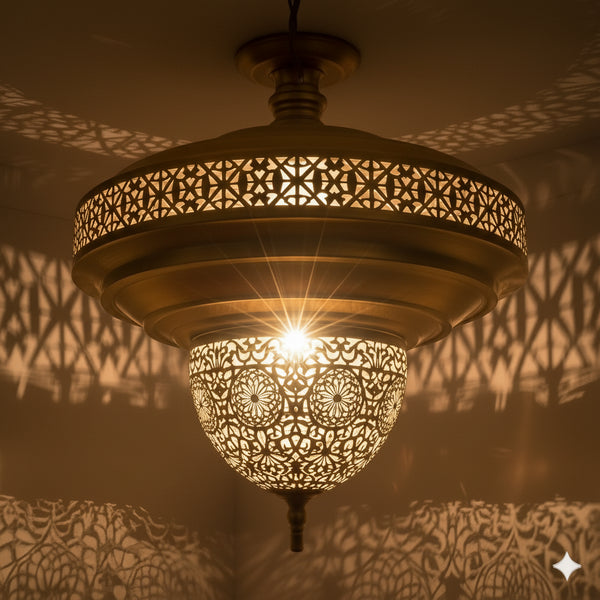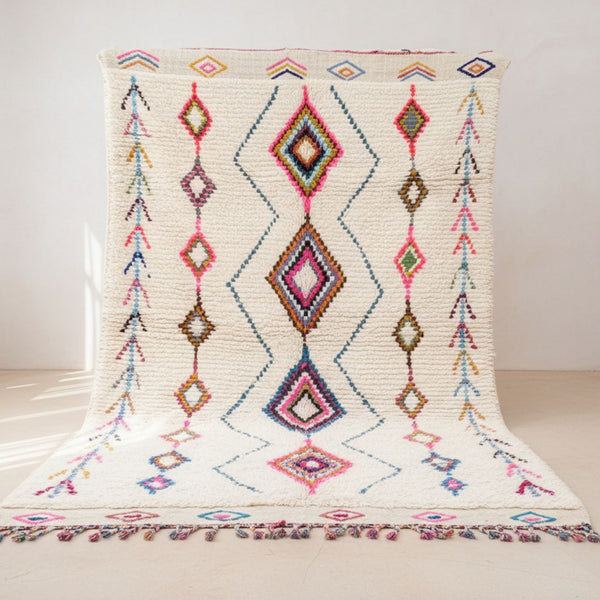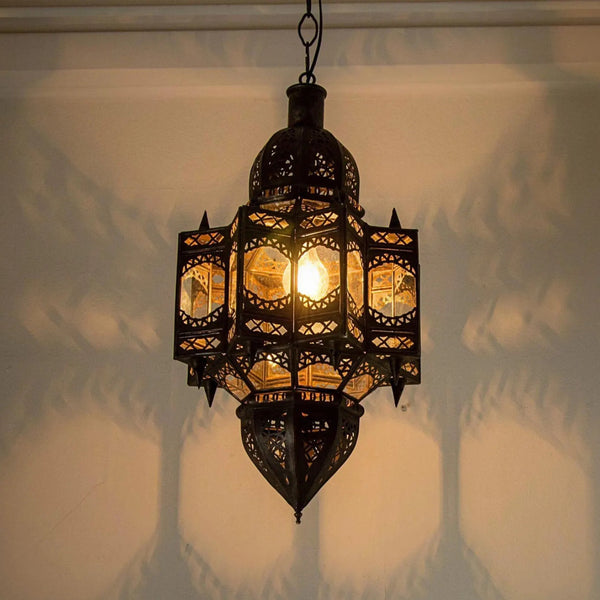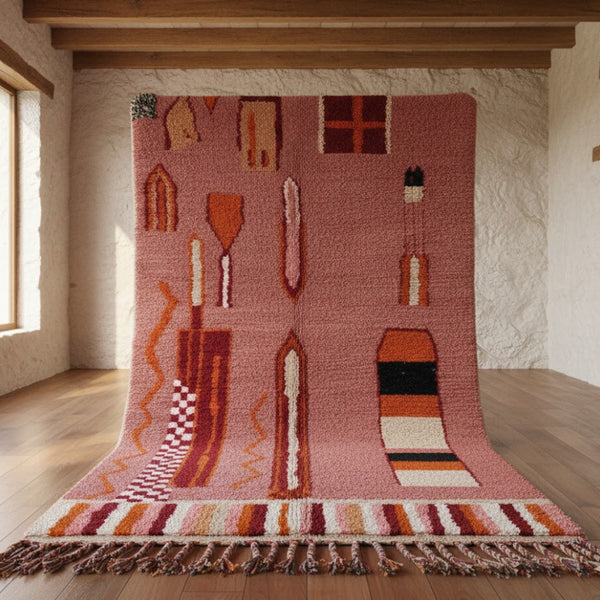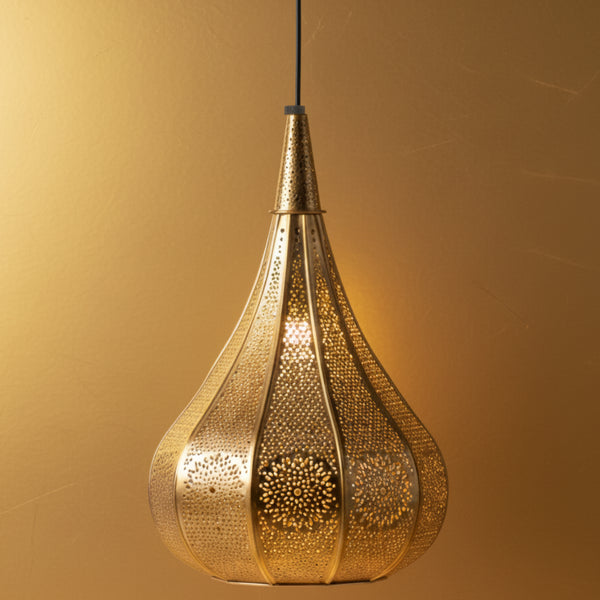Ottoman vs Pouf: Which is Right for Your Space?
Posted by ADIL ROUAY
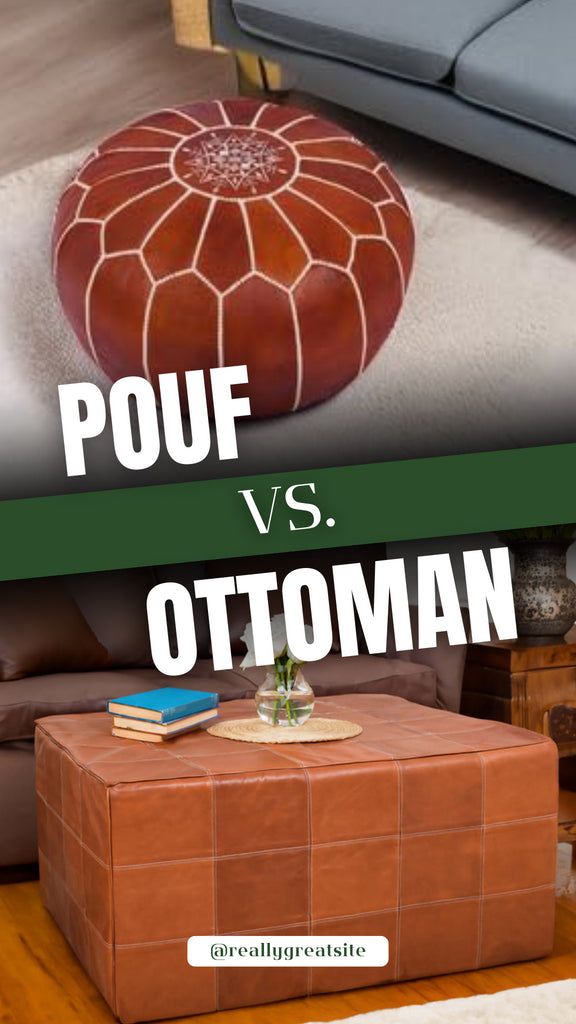
What's the Difference Anyway?
Ottomans and poufs might seem like twins at first glance, but they've got some key differences: • Size: Ottomans are usually bigger and bulkier • Structure: Ottomans tend to be firmer with a solid frame • Shape: Poufs are often round or square, while ottomans come in various shapes • Versatility: Poufs are more portable, ottomans can double as coffee tables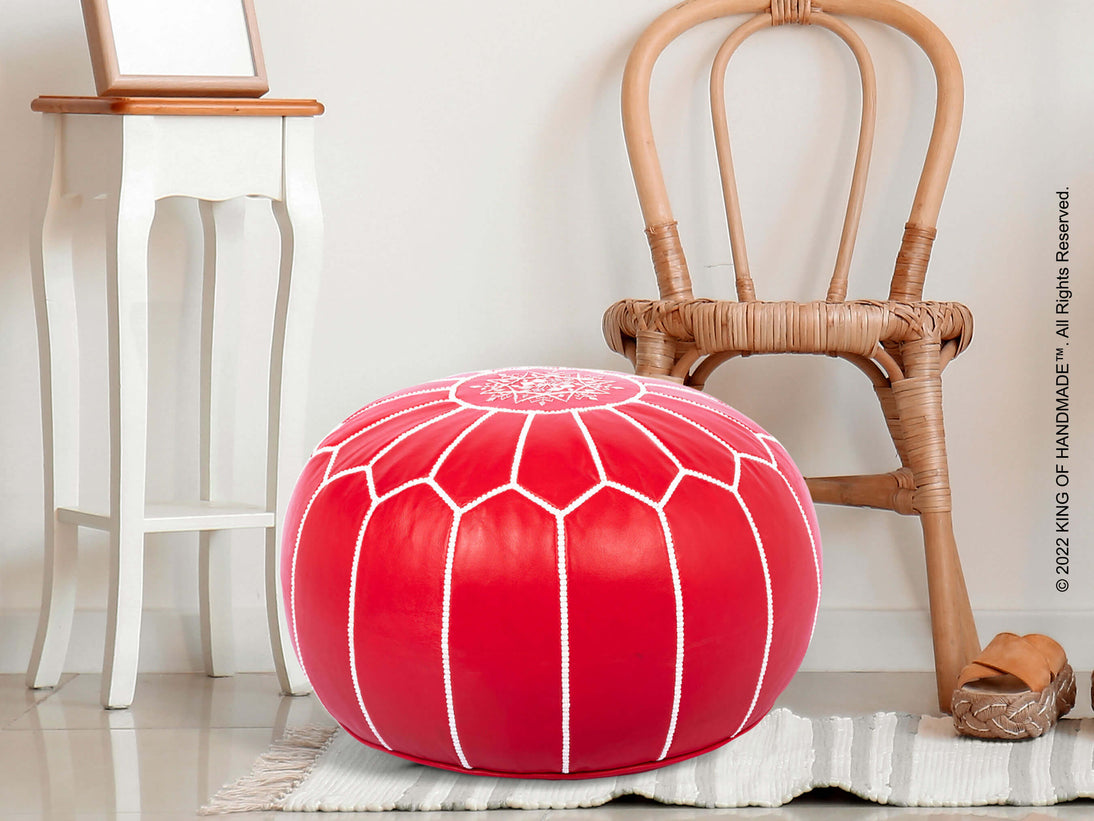
When to Choose an Ottoman
Go for an ottoman if you're after: 1. Extra seating that can handle a bit of weight 2. A makeshift coffee table for your snacks and remotes 3. Hidden storage for blankets and magazines 4. A footrest that won't budge when you prop up your feet Ottomans are the Swiss Army knives of furniture. They're sturdy enough to sit on, big enough to use as a table, and some even open up for storage. Perfect for small spaces where every piece of furniture needs to earn its keep.When to Pick a Pouf
Poufs are your best bet when you want: 1. A pop of colour or texture in your room 2. Something light you can easily move around 3. A casual, boho vibe 4. A comfy spot to rest your feet without taking up too much space Poufs are like the cool, laid-back cousins of ottomans. They're perfect for creating that chill, eclectic look. If you're into Moroccan or bohemian styles, a traditional Moroccan pouf might be just what you need to complete your space.Size Matters: Fitting It In
Before you click "buy now," grab a tape measure. An ottoman that's too big will make your room feel cramped, while a pouf that's too small might look lost. For ottomans: • Leave about 18 inches between the ottoman and sofa for easy movement • Make sure it's not taller than your sofa seat for comfortable leg resting For poufs: • A 20-inch diameter is a good starting point for most rooms • Consider getting a couple of smaller poufs instead of one large one for flexibilityMaterial World: Choosing the Right Fabric
The fabric you choose can make or break your ottoman or pouf: • Leather: Durable and easy to clean, great for high-traffic areas • Velvet: Luxurious look, but might show wear faster • Cotton or linen: Casual and comfy, but prone to stains • Synthetic blends: Often more affordable and easier to maintain If you're keen on authentic materials, check out King of Handmade's collection of ottomans and poufs. They've got some gorgeous options that'll add a touch of global flair to your space.Styling Tips: Making It Work
Once you've picked your perfect ottoman or pouf, it's time to style it: • Use an ottoman as a coffee table by adding a tray for a flat surface • Layer poufs of different sizes and colours for a boho look • Drape a throw over your ottoman for added texture • Use a pouf as a side table next to an armchair Remember, these pieces are meant to be functional and fun. Don't be afraid to move them around and try different spots in your room.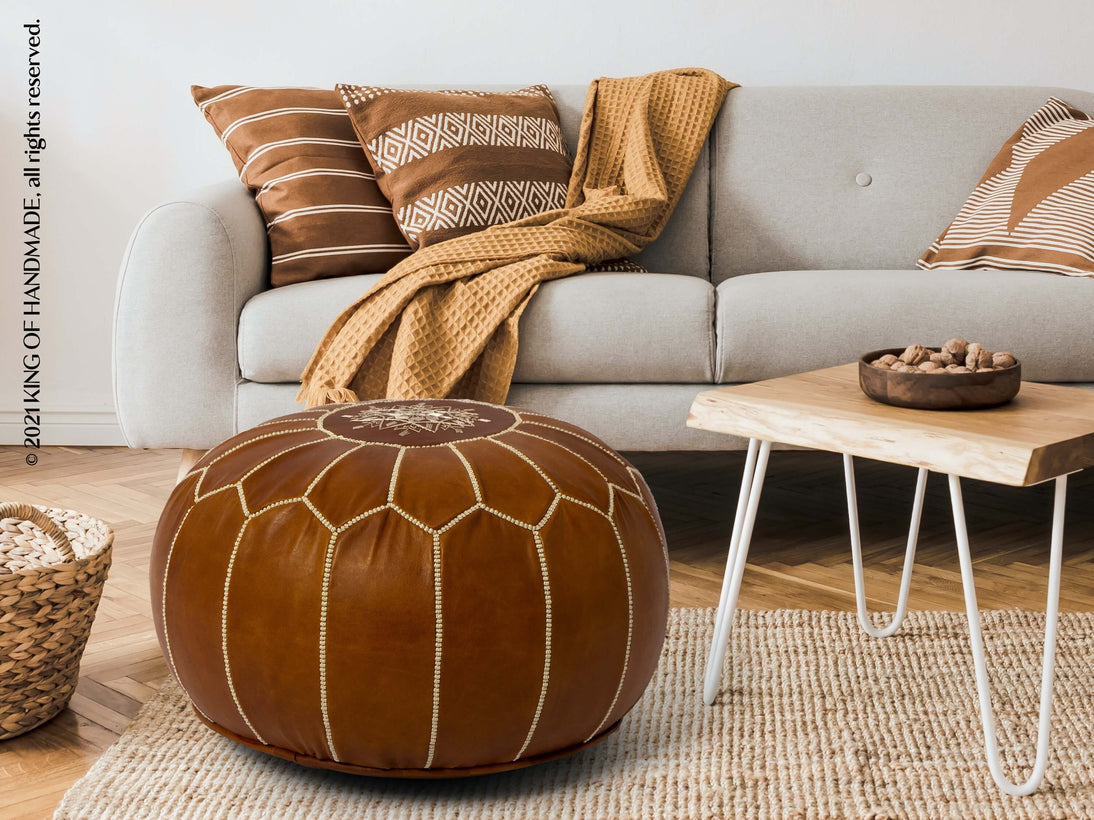
Budget Considerations
Your wallet's got a say in this decision too: • Ottomans tend to be pricier due to their size and construction • Poufs can be more budget-friendly, especially if you go for covers only • DIY options are available for both if you're feeling crafty Pro tip: Look for sales or consider buying pouf covers separately to save some cash. You can stuff them yourself with old blankets or foam for a budget-friendly option.Maintenance: Keeping It Looking Fresh
No one wants their furniture looking shabby after a few months. Here's how to keep your ottoman or pouf in top shape: • Vacuum regularly to prevent dust build-up • Spot clean spills immediately • Rotate poufs to ensure even wear • Use fabric protector spray on non-leather surfaces For leather pieces, condition them every few months to prevent cracking and maintain that luxe look.The Verdict: Making Your Choice
So, ottoman or pouf? Here's the quick and dirty: • Go ottoman if you need multi-functional furniture with a more formal vibe • Choose a pouf for flexibility, casual style, and a touch of global influence Remember, there's no hard and fast rule. It's all about what works for your space and lifestyle. And hey, who says you can't have both?Frequently Asked Questions
Can I use an ottoman as extra seating?
Absolutely! Most ottomans are designed to support the weight of a person sitting on them. Just make sure to choose one with a sturdy frame if you plan to use it regularly for seating.
Are poufs comfortable to sit on?
Poufs can be comfortable for short periods, but they're not designed for long-term seating. They're best used as footrests or occasional seats. If you need more substantial seating, an ottoman might be a better choice.
How do I clean a leather ottoman or pouf?
For leather ottomans or poufs, use a damp cloth for regular cleaning. For tougher stains, use a leather cleaner. Always test any product on a small, hidden area first. Remember to condition the leather every few months to keep it supple and prevent cracking.
Can I make my own pouf?
Yes, you can! DIY poufs are a popular project. You can sew your own cover and stuff it with anything from old clothes to foam. There are plenty of tutorials online if you're feeling crafty.
Ottoman vs pouf – it's not just about picking a piece of furniture, it's about choosing what fits your lifestyle. Whether you go for the versatility of an ottoman or the laid-back vibe of a pouf, make sure it's something that makes you smile when you walk into the room. After all, your space should be as unique as you are.
